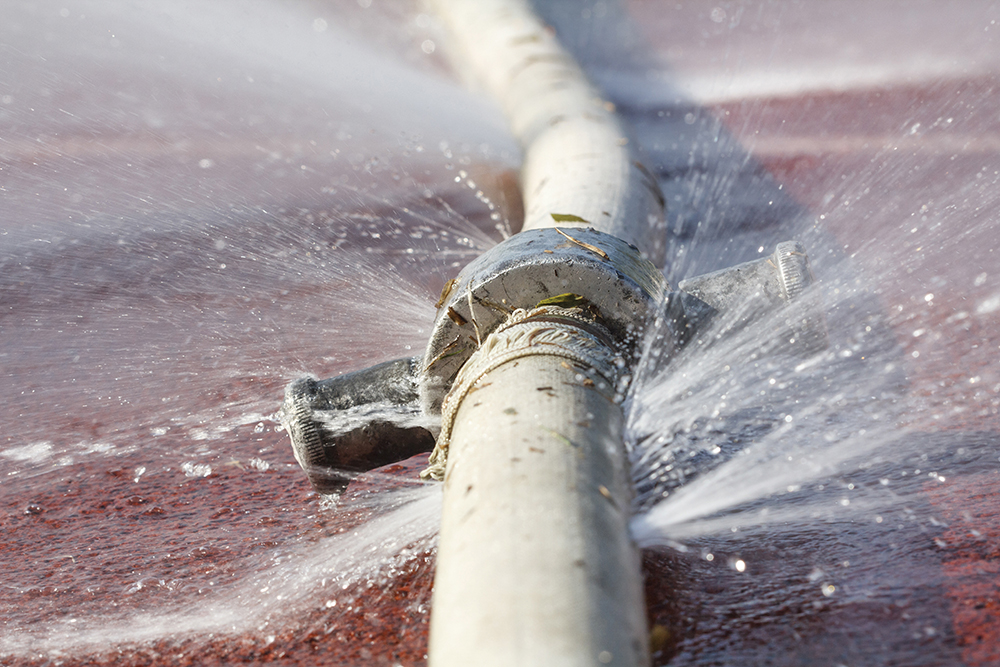Understanding what customers want from a 21st century Water Utility is high on the UK regulator, OFWATS’s, agenda when reviewing UK Water Utilities business plans for the five years between 2020 and 2025.
James Bateman,
Senior Account Manager, 1Spatial
Customers do not like to read about wasted water from leaking pipes. This is seen as a waste of a valuable resource and OFWAT are challenging Water Utilities to do more with less; reduce leakage by 15% over the five year period while also reducing customer bills.
Financial penalties for not hitting leakage targets will be substantial; however there will also be incentives for over performance in leakage reduction.
Leakage detection and prevention is not a new phenomenon. The process of dividing a water distribution network up into a number of distinct District Metered Areas (DMA’s) has become an industry standard process applied for decades.
DMA’s now normally consist of between 1000 to 2000 properties and represent areas where the network can be isolated and the flow of water in and out measured.
Leakage Calculation
Leakage is normally calculated per DMA and based on this calculation they are prioritised by each Water Utility on how “leaky” they are. In this way the worst offenders can then be tackled first.
Leakage calculations rely on knowing:
The flow at minimum usage times; this normally occurs at night when most people are sleeping and not using water. Water leaving the network during this period is more likely to be a leak than customer usage.
The number of commercial properties in a DMA. Commercial premises are the more likely to use water at different times to residential customers.
The number of customer properties within each DMA.
Water Utilities need to be certain that customer property counts are accurate for each DMA. Properties assigned to an incorrect DMA reduce allowances in one DMA and increase them in another. Also changes in a property categorisation will affect the calculation. For example, if a property is demolished and no longer receives water it should to be removed from the leakage calculation property count. Conversely any new build properties should be included within the relevant DMA. Missing or miss-assigned properties will skew results. Any changes should be reflected in DMA property counts as soon as possible.
A constant improvement process of customer address management and understanding the relation a customer property has with the underlying network, will remove these inaccuracies in DMA leakage calculations. It will also allow utilities to link their customer data to informative third party datasets. Council tax data can be used for instance to indicate when a property is vacant.
Innovations in leakage detection
With the introduction of customer metering, real-time monitoring and acoustic sensing, utilities can now gain better insights and understanding of consumption and where potential losses are occurring on the network within a DMA. However, all these innovative techniques still rely on the base data used within leakage calculations being correct. They also give a picture of what’s happening on the network, it does not consider why customers use water at different times. Changes in water usage could be picked up as leakage and this may not be the case. For example, if the properties within a DMA, over a number of years, become student accommodation, water usage in those properties will inevitably change. Students don’t generally stay in properties all year round. They also use water late at night. These changes may affect leakage calculations and may be picked up as potential leakage, when in fact it isn’t. An understanding of the changing demographic of customers in conjunction with new leakage detection technologies would help to highlight this change to utilities, while also giving them a better insight into who their customers are and what their usage patterns might be.
By gaining a better understanding of the changing demographics of their customer base and improving customer data management, utilities will be able to take full advantage of new leakage detection technologies and also prioritise where to deploy them for maximum effect. Better use and management of data already available to a utility will help remove DMA leakage calculation inaccuracies, while also indicating where true leaks are occurring and giving a better insight into customer water usage habits.
www.1spatial.com



